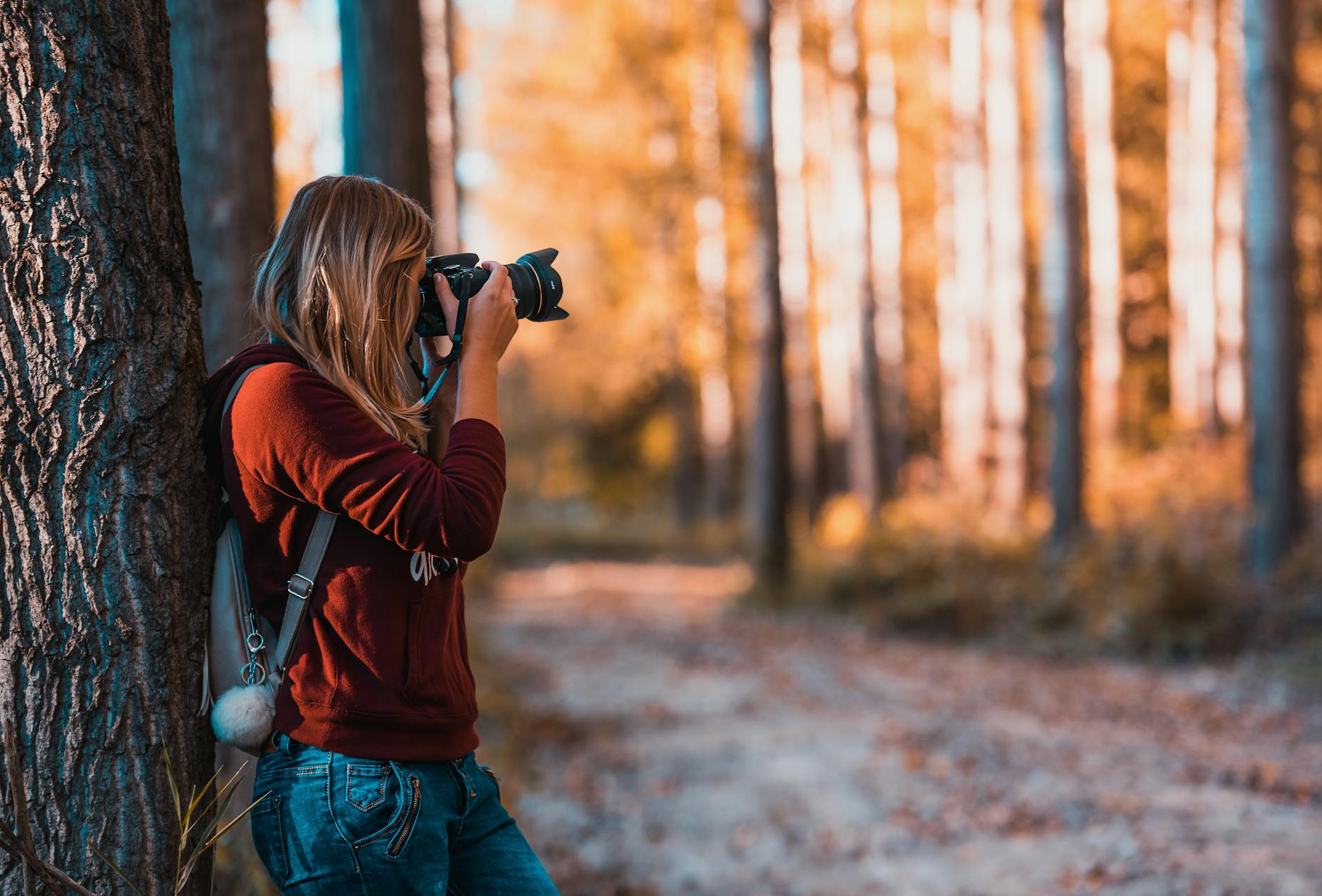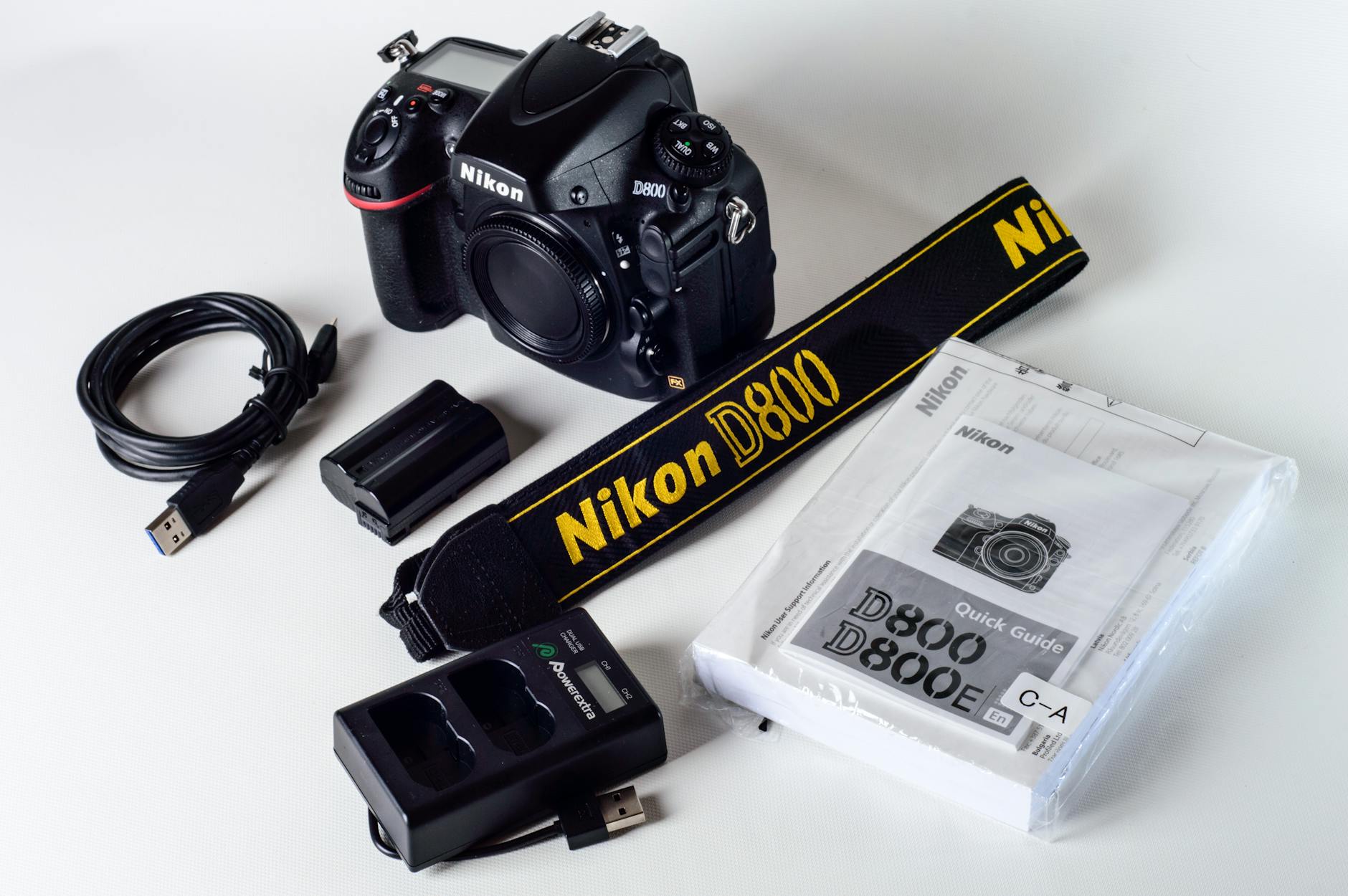Introduction
Have you ever noticed mysterious bright spots in your photos, ruining what would have been a perfect shot? These pesky intruders are likely hot pixels, a common issue that plagues digital cameras. Whether you’re a professional photographer or an enthusiastic amateur, hot pixels can be a frustrating problem that seems impossible to solve. And you don’t know How to Fix Hot Camera Pixels?
But don’t despair! While hot pixels may appear to be a permanent flaw in your camera’s sensor, there are several effective methods to fix them. From in-camera solutions to post-processing tricks, and even preventive measures, we’ve got you covered. In this comprehensive guide, we’ll walk you through everything you need to know about hot pixels – from understanding what they are and how to identify them, to practical solutions that will have you capturing flawless images in no time.
So, are you ready to bid farewell to those annoying bright spots and take your photography to the next level? Let’s dive in and explore the world of hot camera pixels, their causes, and most importantly, how to fix them!
Understanding Hot Pixels

A. Definition of hot pixels
Hot pixels are individual pixels on a camera sensor that appear significantly brighter than their surroundings, often resembling sparkles in images. These pixels remain fixed in place on the sensor and are typically visible as sharp, colored dots (usually red, green, or blue) when viewed at high magnification.
B. Causes of hot pixels
| Cause | Effect |
|---|---|
| Leakage currents | Electric charges accumulate in sensor wells |
| Higher temperatures | Exacerbate leakage currents |
| Higher ISO settings | Increase visibility of hot pixels |
C. Common misconceptions
- Hot pixels are not a reason to return a camera, as replacements will likely develop similar issues over time.
- Their presence is a minor cosmetic defect that typically goes unnoticed by others.
Identifying Hot Pixels in Your Camera
A. Visual inspection techniques
Visual inspection is the first step in identifying hot pixels. Examine your images closely, especially in dark areas and at high magnifications. Hot pixels appear as sharp, colored dots, often red, green, or blue.
B. Using camera software
Many cameras come with built-in pixel mapping features. This software can help identify and potentially eliminate stuck pixels. Check your camera’s manual for specific instructions on accessing and using this feature.
| Technique | Effectiveness | Ease of Use |
|---|---|---|
| Visual Inspection | High | Easy |
| Camera Software | Medium | Moderate |
C. Test shooting methods
To detect hot pixels:
- Take long exposure shots in low light conditions
- Use high ISO settings
- Capture dark frame images with the lens cap on
D. Differentiating hot pixels from dust spots
Hot pixels remain fixed on the sensor, while dust spots may move. Hot pixels are typically more vibrant and sharper than dust spots when magnified.
In-Camera Solutions

These methods can often resolve the problem without resorting to post-processing techniques.
A. Pixel mapping feature
Many modern cameras come equipped with a pixel mapping feature in their firmware. This function identifies and eliminates stuck pixels, including hot pixels. To use this feature:
- Access your camera’s menu
- Look for “Pixel Mapping” or “Sensor Cleaning”
- Follow the on-screen instructions
| Camera Brand | Typical Menu Location |
|---|---|
| Canon | Sensor Cleaning |
| Nikon | Pixel Mapping |
| Sony | Pixel Mapping |
B. Long exposure noise reduction
Long exposure noise reduction (LENR) is another effective in-camera solution. This feature:
- Automatically takes a dark frame after your main exposure
- Subtracts the dark frame from the main image
- Helps eliminate hot pixels in long exposures
Note that using LENR can double your exposure time, so consider this when shooting time-sensitive scenes.
C. Firmware updates
Regularly updating your camera’s firmware can also help address hot pixel issues. Manufacturers often include improvements to pixel mapping and noise reduction algorithms in these updates. Check your camera manufacturer’s website periodically for the latest firmware version.
With these in-camera solutions, you can often resolve hot pixel issues directly in the field. However, if these methods don’t fully address the problem, don’t worry. In the next section, we’ll explore post-processing fixes that can further help in eliminating those pesky hot pixels.
Post-Processing Fixes

Raw file editing software options
Several software options are available for addressing hot pixels during post-processing. Photoshop’s “Dust & Scratches” filter is a popular choice, allowing users to adjust pixel radius and threshold for optimal results. Other RAW processing software like Capture One also offers noise reduction features that can help manage hot pixels.
Spot removal tools
| Tool | Description |
|---|---|
| Spot Healing Brush | Quick fix for individual hot pixels |
| Clone Stamp | Precise control for removing hot pixels |
| Layer Masks | Selectively target affected areas |
Batch processing for multiple images
• Use dark frame subtraction for long exposures
• Employ dedicated noise reduction software
• Explore automated tools in RAW processors for efficiency
Prevention and Maintenance

A. Proper camera storage
Storing your camera correctly is crucial for preventing hot pixels. Keep your camera in a cool, dry place to reduce sensor heat buildup. Avoid leaving it in direct sunlight or hot environments, as excessive heat can exacerbate hot pixel formation.
B. Regular sensor cleaning
| Cleaning Method | Frequency | Benefits |
|---|---|---|
| Air blower | Monthly | Removes dust |
| Sensor swab | Quarterly | Deep cleaning |
Regular sensor cleaning helps maintain optimal performance and reduces the risk of hot pixels. Use an air blower monthly to remove dust, and consider a professional sensor cleaning quarterly for thorough maintenance.
C. Optimal shooting settings
To minimize hot pixel occurrence:
- Use lower ISO settings when possible
- Avoid extremely long exposures
- Enable in-camera long exposure noise reduction (LENR)
By following these preventive measures, you can significantly reduce the likelihood of encountering hot pixels. However, if persistent issues arise, it may be time to seek professional help.
Conclusion
Hot pixels are a common issue in digital photography, but they don’t have to ruin your images. By understanding what causes hot pixels and how to identify them, you can take steps to minimize their impact on your work. Whether you choose to use in-camera solutions like pixel mapping or opt for post-processing fixes with tools like Photoshop’s Dust & Scratches filter, there are various methods to address this problem effectively.
Remember that prevention and regular maintenance can go a long way in keeping hot pixels at bay. However, if you find yourself dealing with persistent or excessive pixel issues, don’t hesitate to seek professional help or consider returning your camera if it’s new. With the right approach and techniques, you can ensure that hot pixels won’t stand in the way of capturing stunning photographs.
1 thought on “How to Fix Hot Camera Pixels? Easy DIY Solutions”